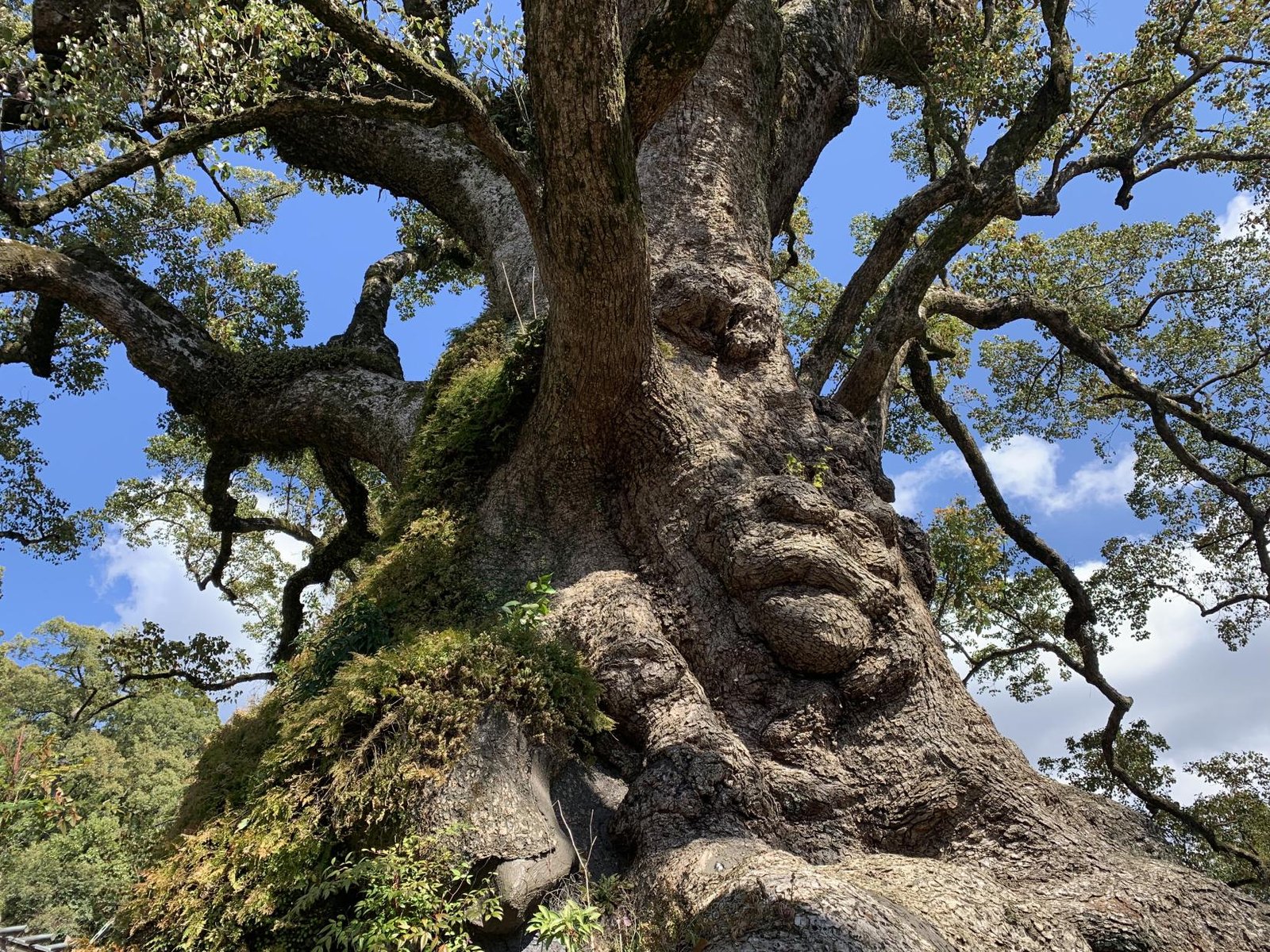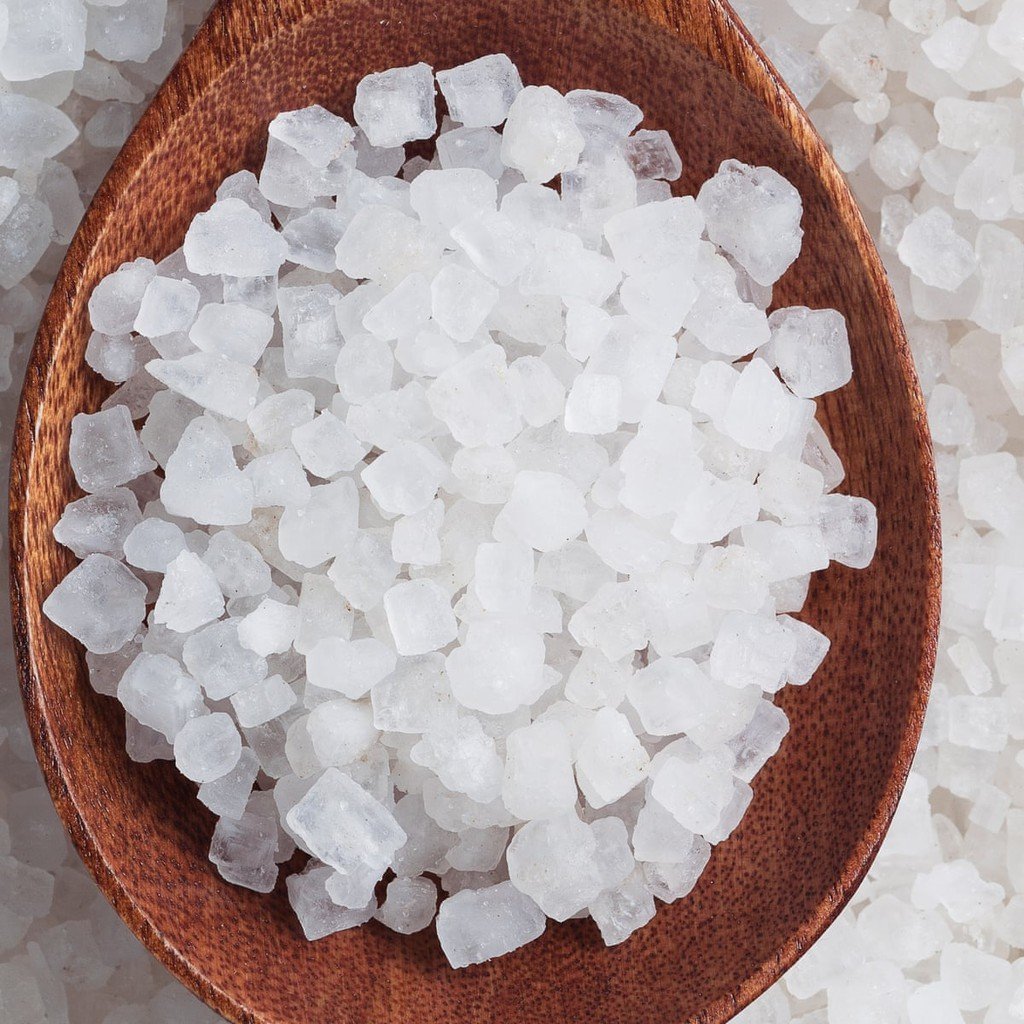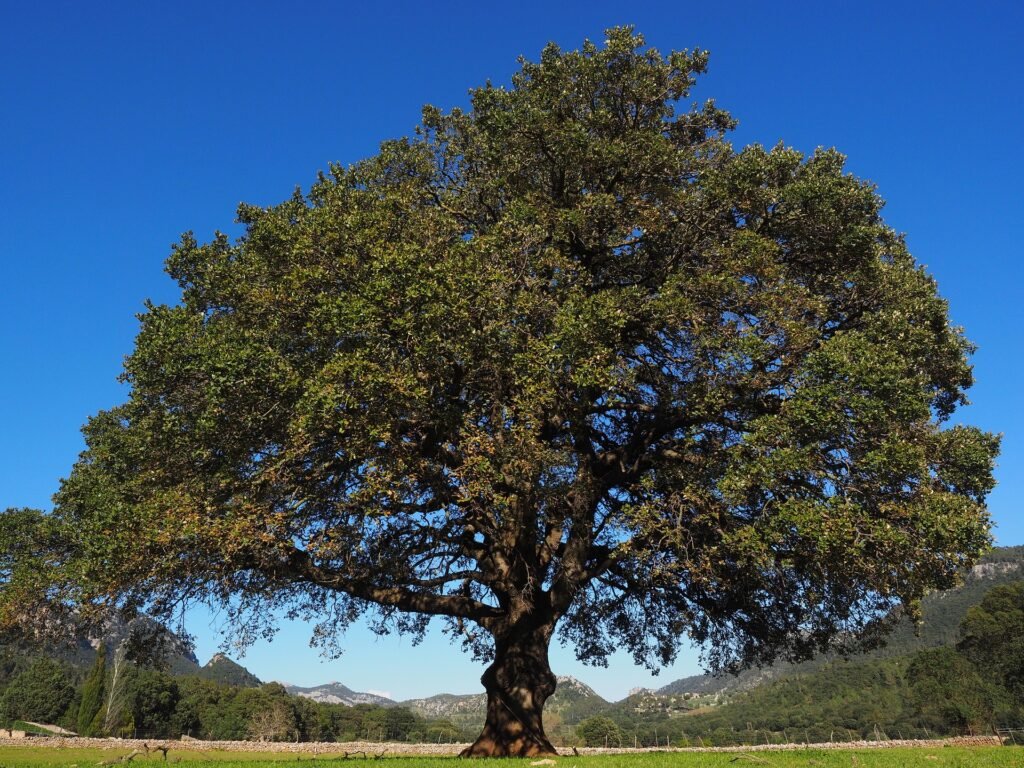Introduction
In an era overwhelmed by synthetic fragrances and artificial air fresheners, the enigmatic world of camphor incense offers a sanctuary for those in search of something deeply rooted in tradition, purity, and the elemental forces of nature. The very mention of camphor incense conjures images of ancient temples shrouded in mist, yoga ashrams imbued with a sense of spiritual liberation, and even age-old medicinal practices that stand the test of time. Yes, camphor incense is that multifaceted, being a cornerstone in cultural rituals, spiritual practices, and even household applications.
If you’ve ever wondered why camphor incense has stood the test of time or why it has been revered in different corners of the world, then this article will serve as your comprehensive guide. Here, we’ll unravel the intricate history of camphor, the craft behind making camphor incense, its myriad uses and benefits, the myths that often cloud its reputation, and much more. In essence, this article aims to offer a panoramic view of the mystical and practical universe that is camphor incense.
So, let’s embark on this aromatic journey that’s not just about understanding an age-old ingredient but about connecting with a practice that has enchanted the human spirit for centuries.
The Intriguing History of Camphor
Dive deep into the annals of history, and you’ll find that camphor has been more than just a substance; it has been a symbol, an element of spiritual connectivity, and a cornerstone of medicinal practice. Its ubiquity in human history is not just a product of happenstance; it’s a testament to its intrinsic value across multiple domains.
The Origins of Camphor
Camphor is no recent discovery; its roots can be traced back to ancient civilizations. Originating from the camphor tree, primarily found in parts of Asia, this organic compound was first documented in the Sanskrit literature of ancient India. Subsequently, it traversed cultural and geographic boundaries, finding its way into the Chinese pharmacopeia, Arabic medical texts, and eventually into the European world, following the routes of trade and exploration.
The camphor tree, or Cinnamomum camphora, is an evergreen native to Taiwan, Japan, and China, although its cultivation has now spread worldwide. The extraction of camphor involves a meticulous process of steam distillation of the bark, wood, or leaves of the camphor tree. This historical substance has various applications—both sacred and profane—making it a versatile element in human history.
Camphor in Ancient Rituals
The reach of camphor extends beyond the mundane world and ascends into the realm of the sacred. In ancient India, camphor was an integral part of Hindu rituals, where it was used in aarti ceremonies to cleanse the environment and represent the eradication of ego. Similarly, in Taoist and Buddhist rituals in China and Japan, camphor has been used in purification rites, symbolizing clarity of thought and sanctity of spirit.
But the spiritual significance of camphor is not confined to the East. In medieval Europe, camphor found its way into religious incense used during the Christian mass, symbolizing the ascent of prayers to the Divine. Thus, from the temples of India to the cathedrals of Europe, camphor has been a bridge between the human and the Divine, serving as a messenger carrying offerings, prayers, and intentions between the two realms.
Understanding the history and spiritual significance of camphor allows us to appreciate not just what it is but what it represents—a nexus of the human desire for healing, enlightenment, and connection. Through its various applications in the past, camphor has proven to be more than just a simple organic compound; it is, in essence, a historical and spiritual powerhouse that has been enlightening humanity for centuries.

The Crafting of Camphor Incense
As we journey deeper into the world of camphor incense, it becomes imperative to understand its craftsmanship—the art and science that transform a raw substance into the spiritually potent and practically useful entity that is camphor incense. This is not merely a matter of mixing ingredients; it’s an alchemy that has been perfected over millennia.
What is Camphor Incense Made Of?
Camphor incense is a marvel of simplicity, often made up of just a handful of natural ingredients, yet it offers a complexity of aroma and utility that far exceeds the sum of its parts. The primary ingredient, of course, is camphor, derived directly from the Cinnamomum camphora tree. It is often combined with other natural substances like essential oils, resins, and sometimes herbs, to enhance its properties and aroma.
The quality of camphor used defines the effectiveness and purity of the resulting incense. Premium-quality camphor is generally translucent and waxy, with a strong, penetrating aroma. It is essential to ensure that the camphor used is pure and free from synthetic additives, which can mar its natural benefits and spiritual potency.
How Is Camphor Incense Made?
The manufacturing of camphor incense is a sacred craft, often passed down through generations. While machine-made incense is common these days, the traditional method involves a labor-intensive process that imbues each stick or tablet with an essence that machines cannot replicate.
For incense sticks, the process generally involves creating a paste from the raw materials, including camphor and essential oils, which is then hand-rolled onto bamboo sticks. On the other hand, camphor tablets are often created through a molding process, where the camphor is mixed with other ingredients and pressed into form. The methodologies can differ based on traditions, regions, and intended use, but the essence remains the same: to create a medium for the camphor to disseminate its properties effectively.
The crafting of camphor incense is not merely an industrial endeavor but a form of artistry that honors its ancient roots while adapting to modern needs. Whether it’s in stick or tablet form, the hand of the craftsman is ever-present, guiding the transformation of raw camphor into a product that serves to uplift, purify, and sometimes even heal.
The Various Forms and Uses of Camphor
After unraveling the fascinating history and the meticulous craftsmanship behind camphor incense, it’s time to explore its multitude of forms and the diverse applications that make this aromatic compound a household essential in many cultures. This is where the arcane meets the pragmatic, where the realm of spirituality merges with the world of practicality.
Camphor Incense Sticks vs Camphor Tablets
When you hear “camphor incense,” two primary forms come to mind: sticks and tablets. While both serve to disperse the potent aroma of camphor into the atmosphere, they do so with varying degrees of intensity and utility.
Camphor Incense Sticks: Typically made by rolling a camphor-infused paste onto bamboo sticks, incense sticks are ideal for a gradual release of scent. They are generally used in religious rituals, meditation practices, and to some extent, aromatherapy. The slow-burning nature of sticks makes them suitable for prolonged activities where a sustained aroma is desirable.
Camphor Tablets: These are concentrated forms of camphor that vaporize more quickly, thereby delivering a more potent and immediate impact. They are commonly used for more direct applications such as repelling insects, treating minor skin ailments, or even as a quick room freshener.
The choice between sticks and tablets often comes down to the specific needs of the user. While sticks offer a more lingering, subtle presence, tablets provide a direct and immediate impact.
Unique Ways to Use Camphor Incense
While the common uses of camphor incense in religious ceremonies and aromatherapy are well-known, this versatile compound has various other applications that you might find surprising.
- Natural Insect Repellent: Place a camphor tablet in your wardrobe or kitchen cabinets to repel moths and ants.
- Skin Care: Due to its antibacterial properties, camphor incense can be used as a natural remedy for minor skin irritations. However, ensure you consult with a healthcare provider before applying it directly to your skin.
- Air Purifier: Burning camphor incense sticks can purify the indoor air, making it free from bacteria and other airborne pathogens.
- Mood Enhancer: The strong aroma of camphor can stimulate the senses and enhance your mood, making it a useful aid in battling temporary phases of melancholy or fatigue.
- Respiratory Relief: Inhaling the fumes of burning camphor can clear nasal passages and relieve congestion, although it’s not a substitute for medical treatment.
In its diverse forms and versatile uses, camphor incense proves to be not just a historical or spiritual element, but a remarkably useful tool in everyday life. Whether you’re seeking spiritual enlightenment or practical solutions, camphor incense can offer an aromatic pathway to both.

Aromatherapy Benefits of Camphor Incense
Having journeyed through the history, crafting, and diverse applications of camphor incense, we now arrive at a juncture where modern science meets ancient wisdom. Yes, we’re talking about the field of aromatherapy—a realm that leverages the olfactory power of natural substances for healing and well-being. And in this sphere, camphor holds a distinctive place, offering a wealth of benefits that are both physically uplifting and emotionally transformative.
The Science Behind Aromatherapy and Camphor
At its core, aromatherapy is about the physiological and psychological effects that aromas can have on us. The active molecules in camphor incense interact with the olfactory sensors in the nose, which send signals directly to the limbic system—the emotional center of the brain. This explains why the scent of camphor can instantly induce a state of calm or stimulate the senses, depending on the context and individual sensitivities.
Camphor has proven benefits that range from antispasmodic and anti-inflammatory to sedative and decongestant properties. This makes camphor incense not just a tool for spiritual or aesthetic experiences, but also a legitimate alternative for certain health concerns.
Specific Benefits of Camphor Incense in Aromatherapy
- Stress Reduction: The soothing aroma of camphor incense can lower stress levels by reducing cortisol secretion, thereby creating a calming effect on the mind.
- Enhanced Focus: In meditation practices, the scent of camphor serves as a focal point that can help you concentrate better and achieve a deeper state of mindfulness.
- Pain Relief: The anti-inflammatory properties of camphor can act as a natural remedy for minor body aches when used in a well-ventilated space.
- Respiratory Health: With its decongestant properties, inhaling camphor vapors can aid in clearing respiratory passages, thus providing temporary relief from congestion.
- Emotional Well-being: The uplifting scent of camphor incense can combat feelings of depression and anxiety, making it a useful adjunct to other forms of emotional therapy.
Precautions and Guidelines
While the benefits are numerous, it’s essential to use incense responsibly. Always ensure that the space is well-ventilated when burning camphor incense. Additionally, individuals with respiratory issues or pregnant women should consult healthcare providers before using camphor for therapeutic purposes. Lastly, quality matters; always opt for incense that is free from synthetic additives to fully reap its natural benefits.
It’s not an overstatement to say that camphor incense is a sort of aromatic Swiss Army knife, capable of providing numerous benefits for both mind and body. In its ability to heal, soothe, and uplift, camphor truly shines as a wonder of nature, bringing with it a legacy that is as ancient as it is relevant.
Debunking Common Myths About Camphor Incense
In our comprehensive voyage through the multifaceted world of camphor incense, we have unearthed its historical roots, its meticulous craftsmanship, its diverse forms and uses, and its bona fide benefits in aromatherapy. Now, we arrive at an equally important facet: dispelling the myths and misconceptions that often cloud public perception. In an era awash with misinformation, it’s crucial to separate the chaff from the wheat, especially when discussing something as potent and versatile as camphor incense.
Myth 1: All Camphor is Created Equal
One common misconception is that all camphor is the same, regardless of its source. However, this couldn’t be further from the truth. Camphor obtained from natural sources like the Cinnamomum camphora tree is vastly superior to its synthetic counterparts in terms of both efficacy and safety. Synthetic camphor, often derived from turpentine oil, lacks the complexity and full range of benefits that natural camphor provides. Always check the source of your camphor to ensure you are getting the most genuine and effective product.
Myth 2: Camphor is Only for Religious and Spiritual Use
Another pervasive myth is that camphor is only good for religious or spiritual rituals. As we’ve discussed earlier, camphor has a plethora of applications, from natural insect repellents to respiratory relief. It’s a multifunctional substance whose utility extends far beyond the confines of religious or spiritual settings.
Myth 3: Camphor is Safe for All Skin Types
Contrary to popular belief, camphor is not universally safe for all skin types. While it does have antibacterial properties, it can cause irritation or allergic reactions in some people, especially those with sensitive skin. Always perform a patch test or consult with a healthcare provider before using camphor on your skin.
Myth 4: More Camphor Means More Benefits
This myth is not only misleading but potentially harmful. While camphor does offer a variety of benefits, excessive usage can lead to toxicity. Inhaling or ingesting high amounts can result in symptoms like nausea, dizziness, or even seizures in extreme cases. Always adhere to usage guidelines and keep camphor products out of reach of children and pets.
Disentangling fact from fiction is vital in harnessing the full potential of camphor incense. Whether you’re a seasoned user or a curious newcomer, understanding what camphor can and cannot do enhances your experience and ensures you’re using this versatile substance in the safest, most effective way possible.
Conclusion
As we approach the end of this enlightening journey through the world of camphor incense, it’s time to distill what we’ve learned into actionable insights that you can apply in your daily life. By now, we’ve explored the labyrinthine corridors of camphor’s history, navigated its various forms and uses, delved into its therapeutic properties, and even cleared the air on common myths. Now, let’s pivot from understanding to action.
Why Choose Camphor Incense?
It’s not just about the fragrance or the smoke; it’s about embracing a holistic experience that benefits your mind, body, and soul. The multi-dimensional utility of camphor incense makes it more than a mere accessory; it’s a tool for wellness and a gateway to an enriched lifestyle.
Whether you’re stepping into the world of camphor incense for the first time or deepening your existing knowledge, we hope this comprehensive guide has been both enlightening and practical. Camphor incense is not merely a product but a tradition, a therapy, and a versatile tool rolled into one aromatic package. Incorporate it into your life with understanding and respect, and you’ll find it can enrich you in ways both subtle and profound.
Thank you for accompanying us on this journey. We’re confident that armed with this knowledge, you’re well on your way to becoming a camphor incense connoisseur. Happy exploring!





